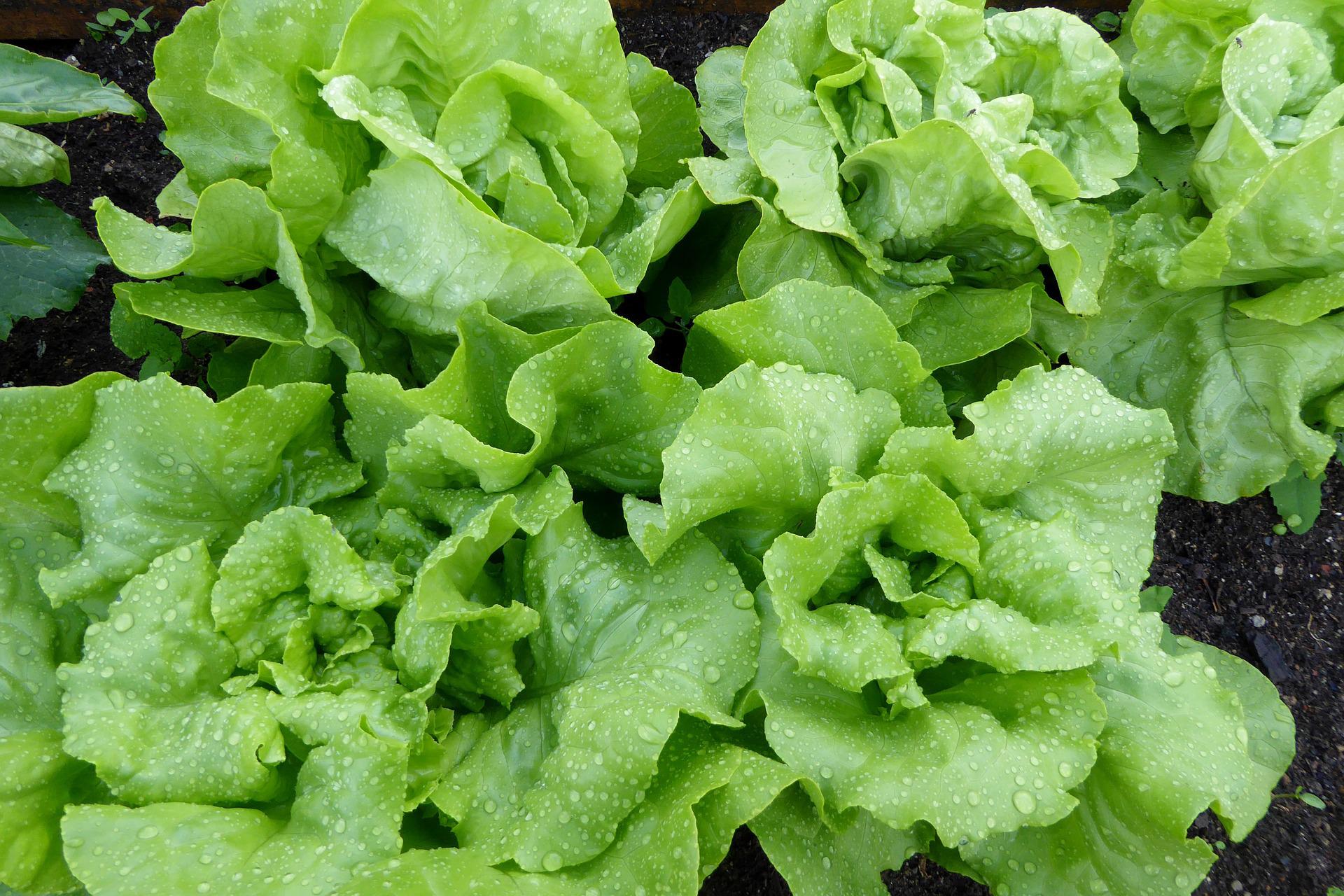In protected environments, tomatoes can also be grown without soil, using a hydroponic system. The substrates used in hydroponic cultivation can be organic, inorganic, or synthetic.
Organic substrates include coconut fiber, rice husks, sawdust, tree bark, and pine needles. Inorganic substrates include rock wool, vermiculite, perlite, quartz sand, and expanded clay. Synthetic substrates include expanded polyurethanes, expanded polystyrenes, and urea-formaldehyde.
Regardless of the origin, the substrate must be inert and stable (it should not decompose, dissolve, or significantly alter the composition of the nutrient solution). It must be clean, allow for easy drainage of excess nutrient solution, and have a favorable ratio of micro and macro capillaries.
The choice of substrate as a growing medium depends on several factors, such as climatic conditions, the type of equipment in the greenhouse, and the specific needs of the plants. The most widespread substrate in hydroponic vegetable cultivation is rock wool.
Rock wool is an inert material made from fibers of basalt rocks that are melted at a temperature of 1600°C and turned into lava, which is then spun centrifugally into thin threads that are cooled and pressed into various dimensions. Initially, it was used as an insulation material in construction. It was only in the 1960s that it was first used as a plant-growing medium.
Advantages of rock wool include:
- Reduced risk of pests,
- Economical use of nutrients,
- Reduced root growth,
- Easier cultivation control,
- Recycling after use.
Disadvantages of rock wool include:
- High initial investment,
- Need for specialized personnel,
- Expensive recycling, etc.
Advantages of hydroponic cultivation include:
- No need for crop rotation,
- Reduced occurrence of pathogens,
- Lower use of plant protection products,
- Reduced environmental pollution,
- Cultivation on surfaces where traditional growing conditions are not available,
- High production intensity,
- High degree of automation,
- Less labor required for soil preparation, cultivation, and disinfection,
- Lower consumption of water and nutrients.













































